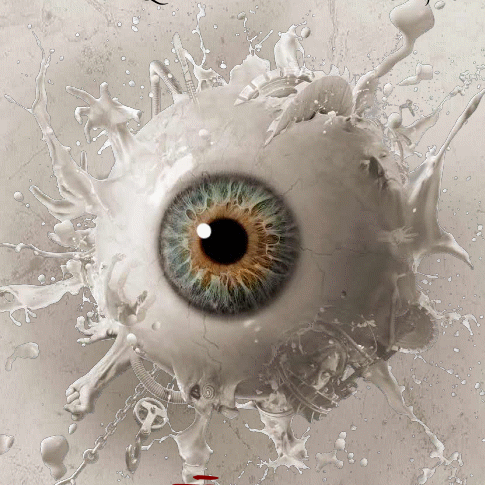Navigation article:

How absorbent is gemstone?
Gemstone could be split into four groups according to its absorbency:
- Non vitreous, greatest rate of absorbency (sandstone), not suggested for environments with excess moisture
- Semi vitreous, (non-polished travertine, limestone and slate), slightly lower liquid absorption, contact with liquid increases their absorption rate with time
- Vitreous (polished slate, limestone and travertine), significantly superior resistance to liquid and highly decreased rates of absorption
- Impervious (granite, both polished and unpolished), can virtually be considered as waterproof, especially if regularly coated with sealant
How’s the caliber of gemstone tiles assessed?
 The grading product is used to determine the general excellence of the tile.
The grading product is used to determine the general excellence of the tile.
- Grade 1 – “select” – There is minimal variation and veining
- Grade 2 – “semi-select” – There’s medium variation and veining
- Grade 3 – “classic” – There is extreme variation and high veining stone tiles of the grade are fantastic accent pieces for rustic, bucolic decors
What’s the friction coefficient?
A greater friction coefficient makes the top of gemstone tiles more slip-resistant. However, this criteria is just essential for tiles set up in sections of the house where liquid spills are frequent (bathroom, kitchen, patios, etc) or perhaps in high traffic commercial areas.
For commercial structures, the Americans with Disabilities Act necessitates that tiles having a .6 dryness coefficient were designed, to avoid potential accidents.
Will natural stone tiles rust?
For the entire process of oxidation (rusting) to happen, a couple of things are essential:
- Excess moisture
- The existence of iron within the tile
Gemstone having a greater power of iron will not be used outdoors, in order to avoid rust and also the consequential decay from the entire tile.
Resourse: http://flooring-professionals.com/foundation-flooring/products/natural-stone/

 Stone direct services
Stone direct services 
